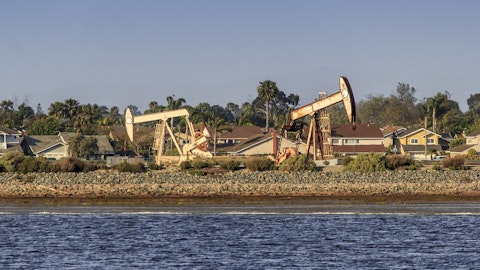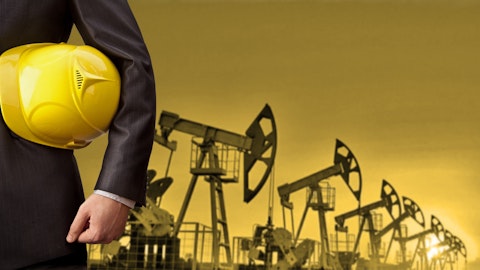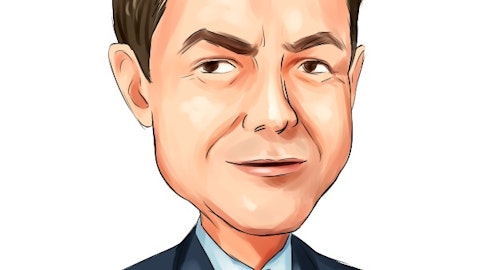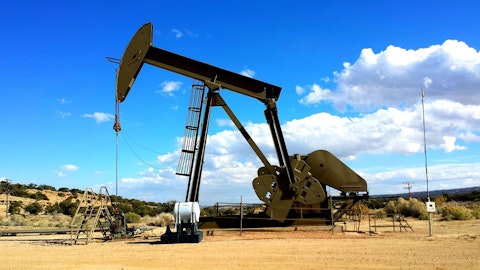That’s not to say that BP hasn’t been hard at work over the last two years slashing costs as it’s raced to adapt to a world of much cheaper energy prices. Capital expenditures are expected to be down 30-40% compared to BP’s peak spending in 2013, and cash costs are projected to decline by $7 billion from 2014 through 2017.

Source: BP Investor Presentation
These actions are greatly helping BP lower its production costs, which management believes will help the company immensely improve its free cash flows in the next five years from -$1.4 billion in the last 12 months to as much as $7 to $8 billion by 2020, even with $50 per barrel oil.
That’s courtesy of the new emphasis on slower declining production projects which the company has refocused its drastically smaller capital spending budget on. These projects, which include liquefied natural gas, or LNG export terminals in Oman and Indonesia have lower decline rates, and thus require less annual maintenance capital investment to continue producing consistent cash flow at a reasonable return on investment.
That’s especially true given that over 80% of its future projects are already under construction and have anticipated gross margins above its current portfolio average. This explains how BP is planning on both boosting production and margins simultaneously while investing the least of all the major oil giants.
Note, however, that past 2020, once these major projects are operational, the company’s supply of low hanging fruit for cost cutting and cost effective growth will be gone. In addition, most of the company’s refineries are located in Europe, where overcapacity and import threat from America are likely to keep pressure on downstream margins in the future.
And don’t forget that BP’s recent finalizing of its 2010 Deepwater Horizon disaster will also result in the company paying a remaining $22.2 billion in legal fees over the next 17 years; or $1.3 billion per year. That will serve as an unfortunate albatross around the neck of future dividend growth, likely putting any increases many years down the road.
Speaking of which, the 2010 Macondo oil spill brings up just one of the several major risk factors that investors need to keep in mind before buying shares of this battered oil giant.
Key Risks
There are three main risks to be aware of with BP PLC (ADR) (NYSE:BP).
First, BP’s terrible safety record, which culminated in 2010’s Deepwater Horizon rig explosion that killed 30 and injured well over 200, was far more extensive and systemic than its peers.

Source: Awesome Stories
For example, prior to the disaster, which management expects to ultimately cost the company$61.6 billion, the company had received 760 fines from OSHA, the Occupational, Safety, and Health Administration. In contrast Exxon, which many analysts consider the best run major oil company on earth, received just one.




